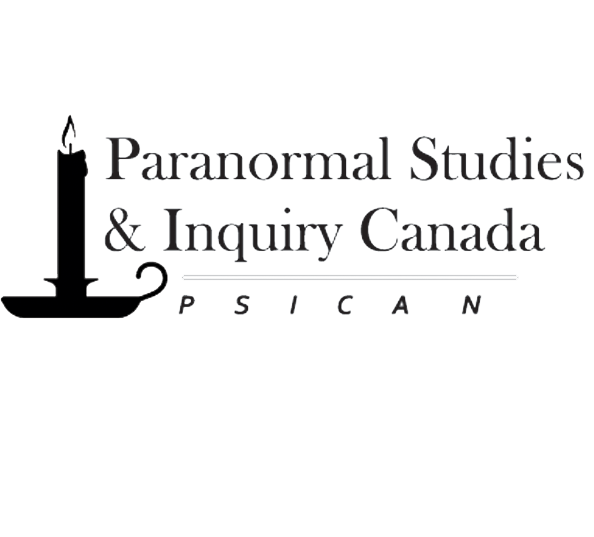Article Index
INTRODUCTION
Since their entry into the scientific and lay literature in the late 1940's, few topics have caused such controversy as that of UFOs (Unidentified Flying Objects). While traditionally ignored or lightly treated by the scientific community, the persistence of the phenomenon over 30 years has led some researchers to consider them more seriously (Jacobs, 1976). It is recognized that the phenomenon has drawn to it a large contingent of unscientific and unprofessional "believers", many of whom fail to objectively view UFOs without bias. This is not necessarily surprising, given science's stance on the matter, but a Catch-22 situation has resulted. Because the subject is not "reputable", few scientists have spent adequate time considering the problem in detail. This has left the study of the phenomenon to laymen, and often to cult believers. This has kept the "reputation" of UFOs at a low level, and the circle has been completed. But probably because of the relatively long history of UFO reports, some scientists have proposed theories to ex- plain them. Some scientists advocate the ETH (Extraterrestrial Hypothesis), which states the most popular UFO explanation: that they could be spacecraft from extraterrestrial civilizations.
Unfortunately, though most astronomers believe that extraterrestrial civilizations exist, there is no scientifically-acceptable evidence that such civilizations have in fact contacted mankind (Hendry, 1979). Other explanations proposed for UFOs include: "lost" terrestrial civilizations; "secret" terrestrial devices; spiritual entities; "natural" phenomena; and mass hallucinations (Jacobs, 1976). None have withstood scrutiny as of this date. It should be noted at the outset that one of the few facts known about UFOs is that about 90 to 95 percent of all UFO reports are misidentifications of conventional or natural phenomena (Hendry, 1979). It is the remaining, significant percent that is regarded when discussing UFOs - the "real unknowns". It is generally felt by skeptics that this percentage of UFOs can be explained if strong effort is made, or it can never be explained other than in terms of a "background noise" of spurious data. Proponents of the UFO phenomenon as a much more complicated mystery disagree with the skeptics. They argue that the remaining percentage of reports is unexplainable even after attempts to explain them have been made. This disagreement is the prime focus of the UFO controversy.
Natural phenomena have been suggested as an explanation for UFOs many times (e.g. Klass, 1966). The main drawback to natural phenomena theories is that UFO reports offer such a wide variety of characteristics that natural phenomena fall short of explaining all UFO traits. Recently, however, a theory has been proposed which seems capable of explaining many UFO characteristics based on a mixture of mechanisms and processes. This theory, called the TST (Tectonic Strain Theory), begins with the suggestion that strain fields with- in the Earth's crust can produce an electromagnetic dis- charge that may manifest itself in one of two basic ways. One way is by the electric discharge becoming visible as a moving body of light. The other way is by the discharge affecting the human brain so that the observer will "believe" he or she is viewing a moving body of light. Both scenarios are consistent with the theory, and are used to explain the reported appearances of UFOs. So far, only statistical evidence has been presented in support of this theory. This has been in the form of covariation of the number of reported UFOs in an area and the level of seismic activity in that area. Whether this is a "real" relationship or an artifact is not clear at the present time.


